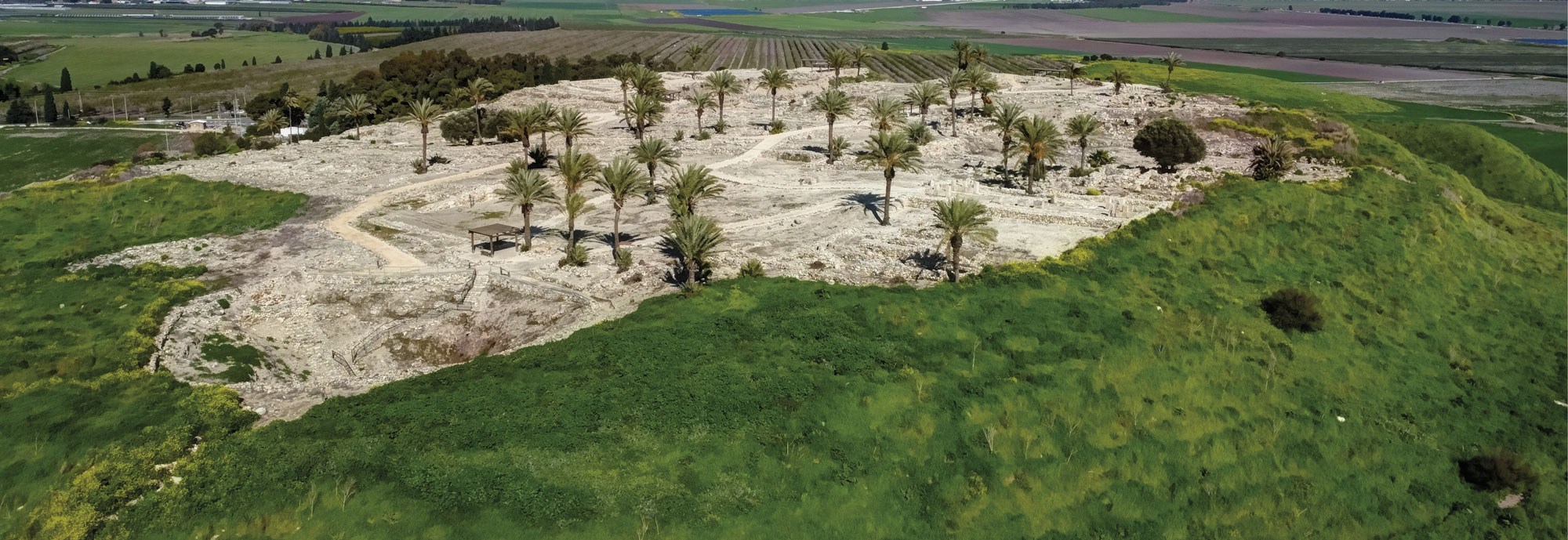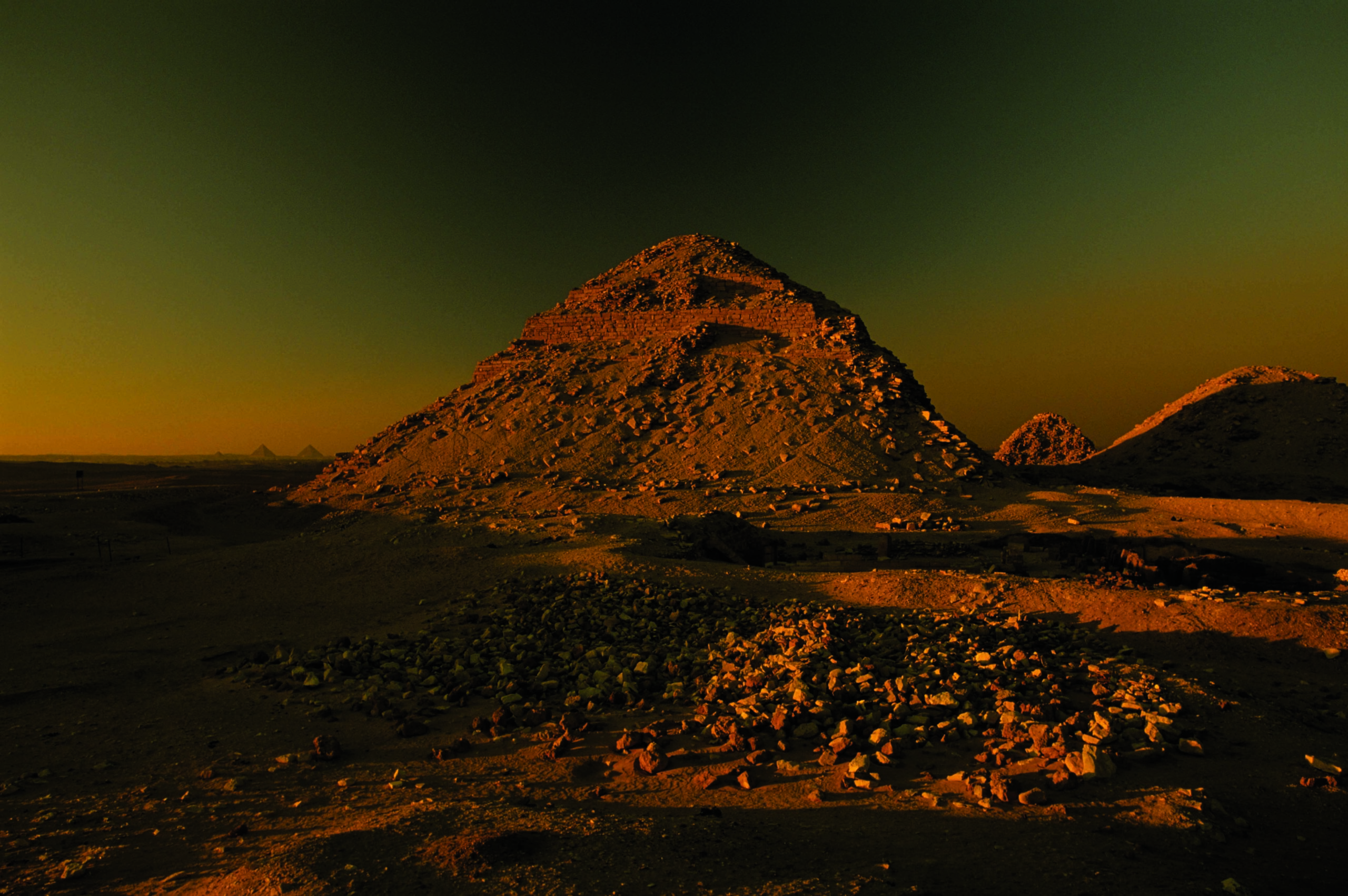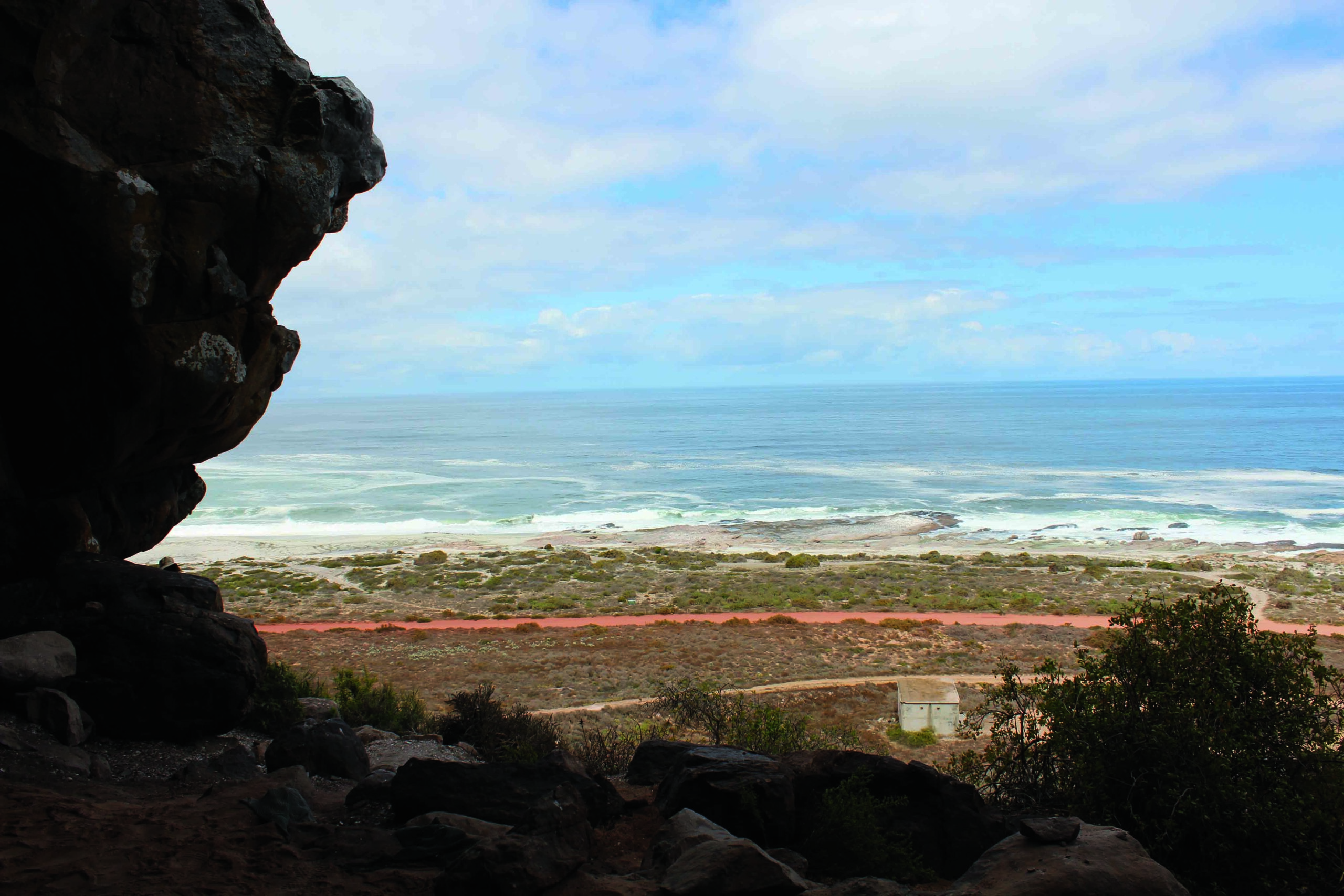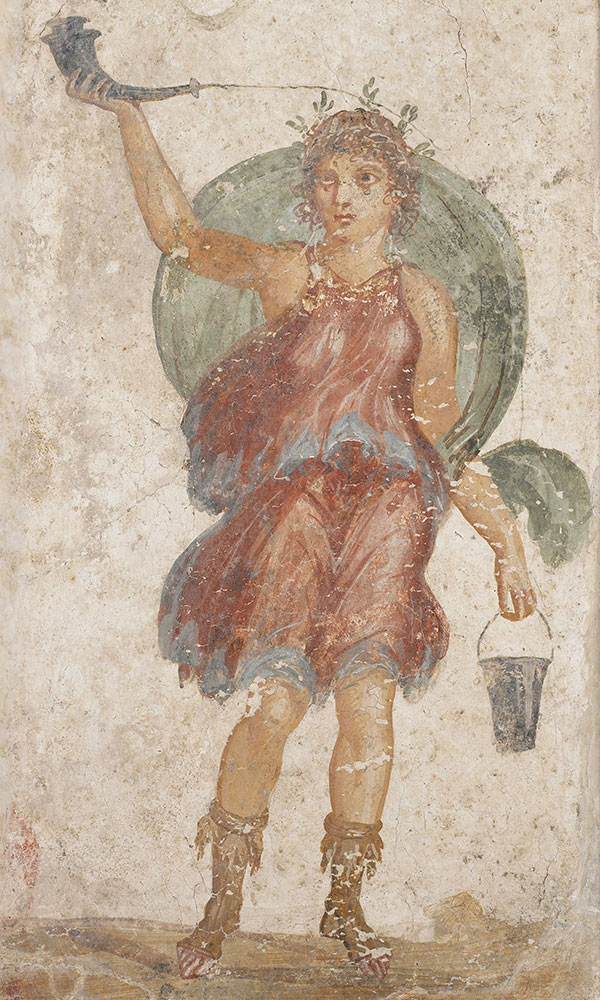MUNICH, GERMANY—Courthouse News Service reports that an analysis of the proteins obtained from the dental calculus on 16 Bronze Age skeletons in northern Israel suggests that spices, fruits, and oils might have been imported from South and East Asia centuries earlier than had been previously thought. Traces of turmeric and soy were detected in the ancient dental plaque on a resident of the Canaanite city of Megiddo, while at Tel Erani, a Nagada Egyptian trading post, traces of banana were found on the teeth of another individual. Philipp Stockhammer of Ludwig-Maximilians University said it is possible that these two individuals may have lived in South Asia at some time in their lives and ate the local diet before they traveled to the Levant. On the other hand, Stockhammer and his colleagues think the goods may have passed through trade centers in Egypt and Mesopotamia for wider distribution across the eastern Mediterranean. Analysis of dental calculus could therefore help scientists track the spread of bananas, he explained, which are thought to have been first domesticated in Southeast Asia in the fifth millennium B.C. The researchers also found evidence of wheat and other cereals, dates, and sesame on the ancient teeth. To read about the sudden end of the Bronze Age site of Tel Kabri, go to "Around the World: Israel."
Traces of Exotic Foods Detected on Bronze Age Teeth
News December 21, 2020
Recommended Articles
Letter from the Levant March/April 2025
On the Origin of the Pork Taboo
Exploring ancient people’s shifting beliefs about rearing and eating pigs

Digs & Discoveries November/December 2024
Secrets of a Silver Hoard

Digs & Discoveries July/August 2023
Big Game Hunting


-
Features November/December 2020
In the Reign of the Sun Kings
Old Kingdom pharaohs faced a reckoning that reshaped Egypt’s balance of power
 (Kenneth Garrett)
(Kenneth Garrett) -
Letter from Israel November/December 2020
The Price of Purple
Archaeologists have found new evidence of a robust dye industry that endured on the Mediterranean coast for millennia
 (Courtesy Michael Eisenberg)
(Courtesy Michael Eisenberg) -
Artifacts November/December 2020
Illuminated Manuscript
 (National Trust/Mike Hodgson)
(National Trust/Mike Hodgson) -
Digs & Discoveries November/December 2020
Our Coastal Origins
 (Courtesy Emma Loftus)
(Courtesy Emma Loftus)



